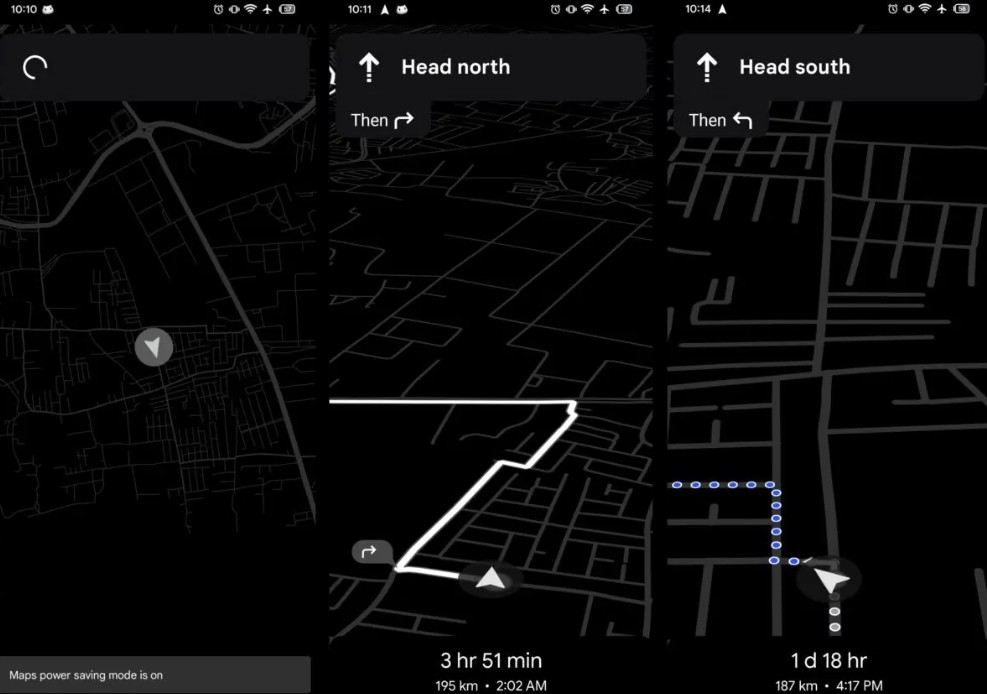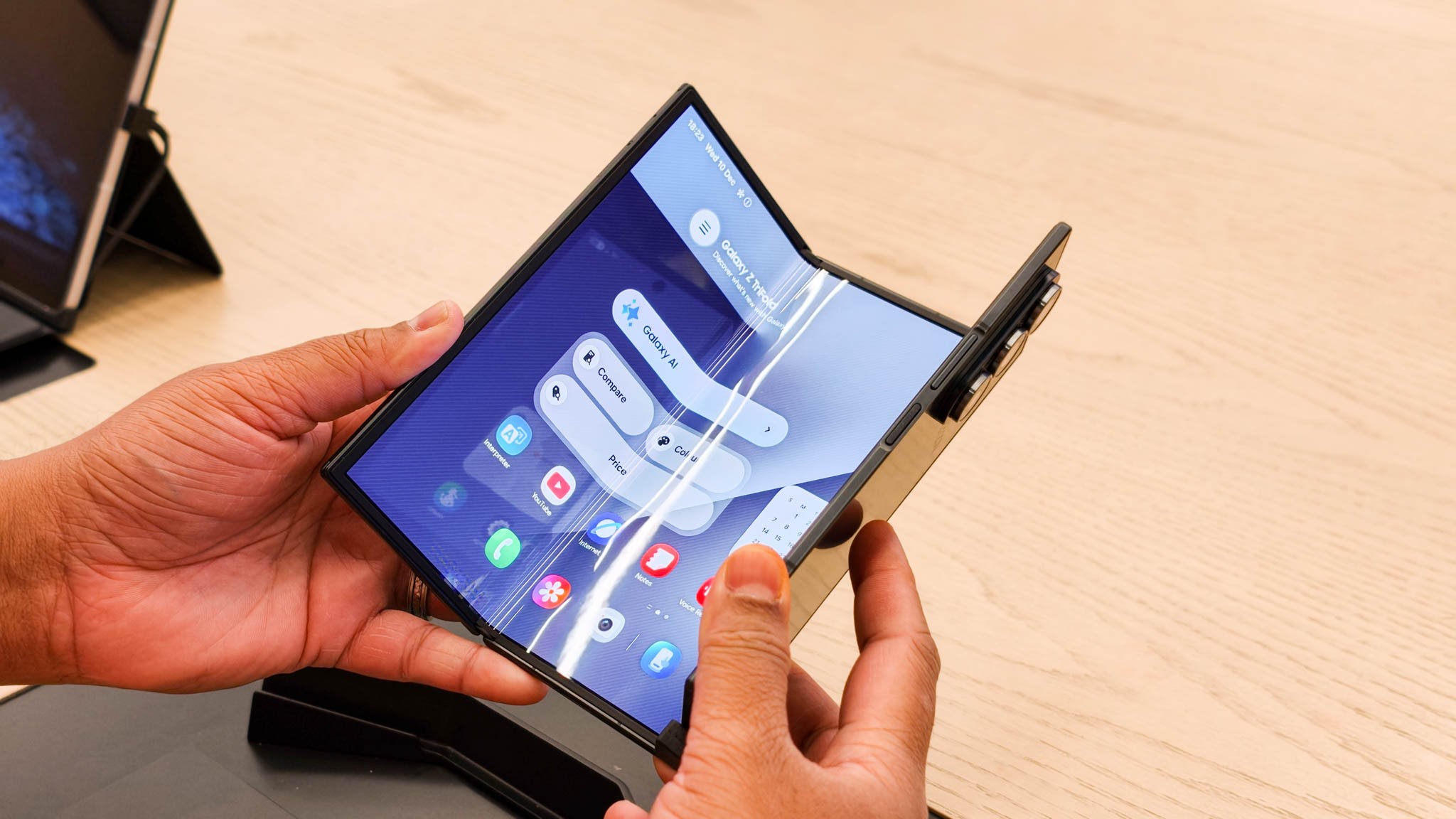Android's upcoming feature could make the always-on display actually useful

What you need to know
- Google’s next big update may introduce “Min Mode,” a major redesign that transforms the AOD from a static clock into a live, app-driven interface.
- Min Mode lets apps show simplified, low-power interfaces directly on the AOD without fully waking the screen.
- Early code shows Maps will use Min Mode for live turn-by-turn navigation in a minimalist, monochrome layout that’s portrait-only.
Enjoy our content? Make sure to set Android Central as a preferred source in Google Search, and find out why you should so that you can stay up-to-date on the latest news, reviews, features, and more.
Android's always-on display (AOD) is about to get the biggest functional makeover it has ever had.
For years, your phone's dimly lit screen when idle has been a passive, slightly boring clock and notification center. This could be changing. Google is apparently developing a new feature for Android 17, internally dubbed "Min Mode," set to completely transform your phone's idle screen into an interactive, full-screen hub.
According to findings by Android Authority, Min Mode is designed to let full-screen apps display simplified, ultra-efficient interfaces right on the AOD. Instead of just showing a static clock, your phone could soon keep live navigation, workout stats, or media controls visible even when the screen is technically off.
Min Mode is more like an alternate mode rather than a replacement for the traditional AOD. When your phone goes idle, Android 17 will check which app you were using. If that app supports Min Mode, it can take over the AOD using a special process registered through new system components called MinModeActivity and MinModeProvider. This allows apps to display minimal, low-refresh-rate UIs while staying within the same low-power environment that makes AOD efficient.
Digging through the Android 17 code, the outlet found that the system shifts each pixel by one pixel every 60 seconds to prevent burn-in.
Google Maps leads the charge

From what’s been uncovered so far, Google Maps looks to be one of the first apps ready to take advantage of this new feature. Code references like com.google.android.apps.gmm.features.minmode.MinModeActivity suggest that Maps will be able to display simplified turn-by-turn directions directly on the AOD, so your route stays visible even when the phone’s main display turns off.
Early UI hints show a stripped-down, monochrome design with limited interactivity and no landscape support. It’s a subtle but practical step toward making the lock screen more useful without draining your battery.
Get the latest news from Android Central, your trusted companion in the world of Android
This essentially turns the AOD into a lightweight extension of whatever task you were doing before locking your phone. Of course, Google will need to manage how much freedom developers get — too much clutter or constant activity could ruin the balance between visibility and battery efficiency that AOD is known for.

Jay Bonggolto always keeps a nose for news. He has been writing about consumer tech and apps for as long as he can remember, and he has used a variety of Android phones since falling in love with Jelly Bean. Send him a direct message via X or LinkedIn.
You must confirm your public display name before commenting
Please logout and then login again, you will then be prompted to enter your display name.
